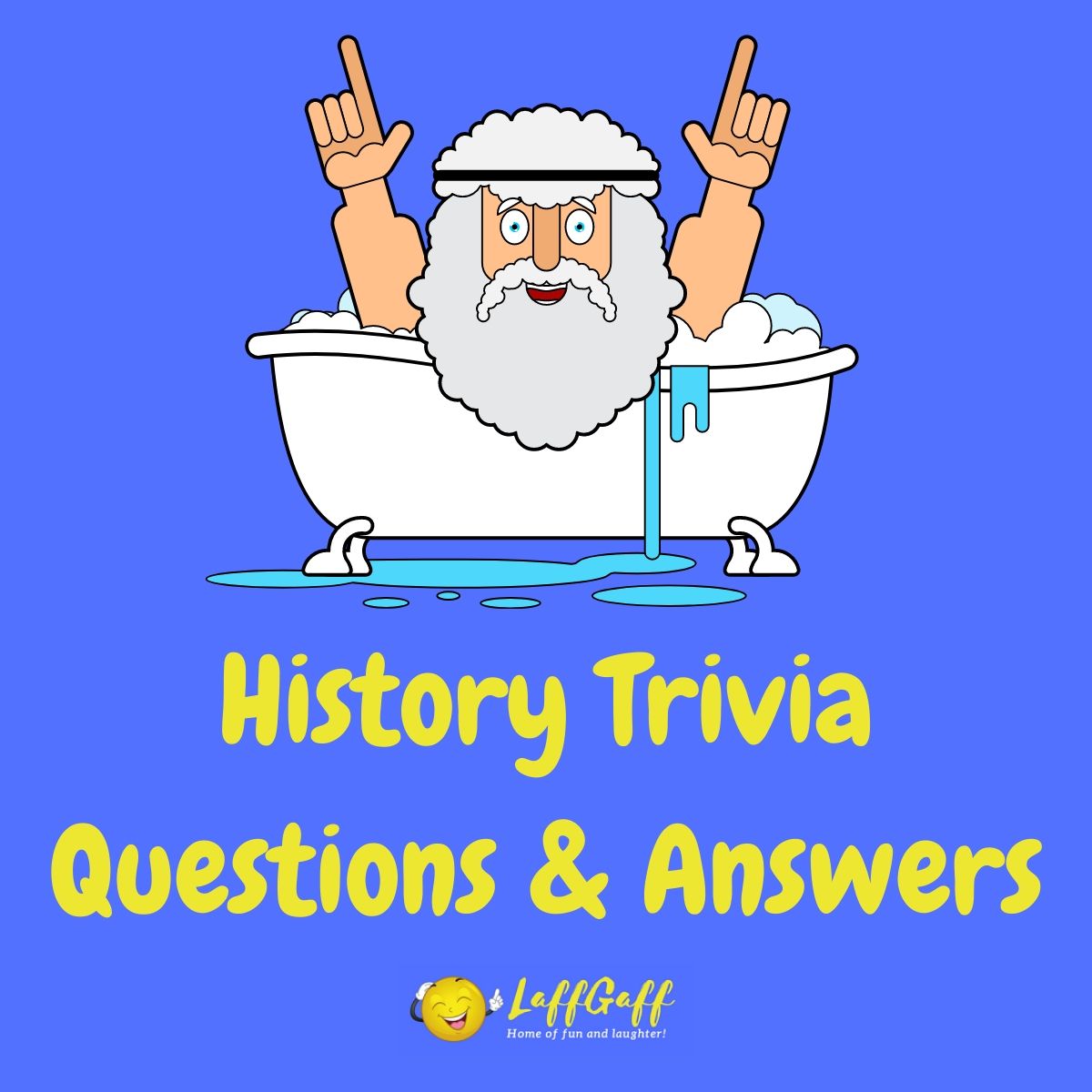Question: Which key figure in modernist poetry wrote The Waste Land?
Show answer
T.S. Eliot.
The key figure in modernist poetry who wrote “The Waste Land” is T.S. Eliot, one of the most influential poets of the 20th century. Published in 1922, “The Waste Land” is often hailed as one of the most important poems of the modernist movement and a seminal work in English literature. Eliot’s masterpiece is renowned for its complex structure, extensive allusions, and deep exploration of despair and disillusionment in the post-World War I era.
“The Waste Land” is characterized by its fragmented narrative, shifting voices, and a wide range of cultural, literary, and religious references that challenge readers to piece together its meaning. The poem is divided into five sections: “The Burial of the Dead,” “A Game of Chess,” “The Fire Sermon,” “Death by Water,” and “What the Thunder Said.” Each section contributes to the overall theme of desolation and the search for redemption in a fractured world.
Eliot’s use of fragmentation in “The Waste Land” reflects the chaos and disorientation of the modern age, marked by the devastating aftermath of World War I. The poem’s allusions span across various times, cultures, and literatures, drawing from sources as diverse as the Bible, Hindu scriptures, European literature, and classical mythology. This intertextuality not only enriches the poem’s depth but also underscores the interconnectedness of human experiences across history.
“The Waste Land” also marks a departure from traditional poetic forms, employing free verse and a multiplicity of voices and perspectives. This stylistic innovation mirrors the modernist ethos of breaking away from conventional structures to better capture the complexities of modern life.
T.S. Eliot’s contribution to modernist poetry through “The Waste Land” cannot be overstated. The poem not only captures the zeitgeist of the early 20th century but also continues to influence poets and writers in their exploration of the human condition. Eliot’s intricate weaving of despair, hope, and cultural reflection in “The Waste Land” remains a powerful testament to the enduring relevance and transformative power of poetry.
You may also like:






